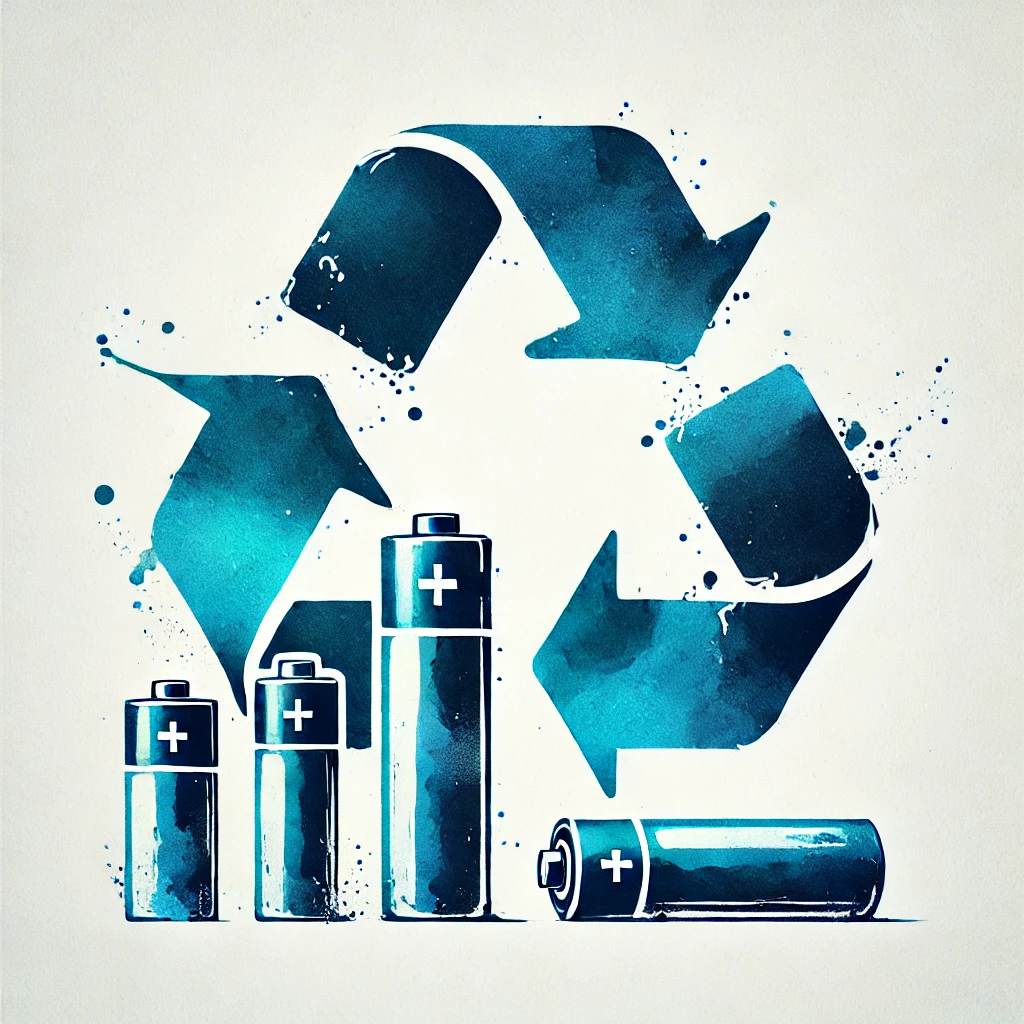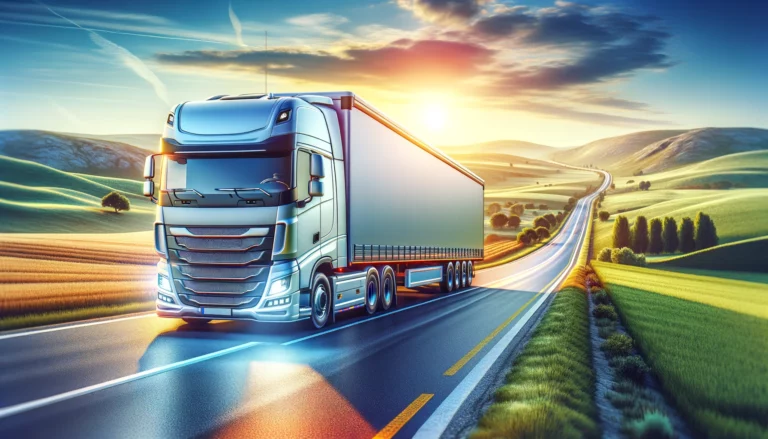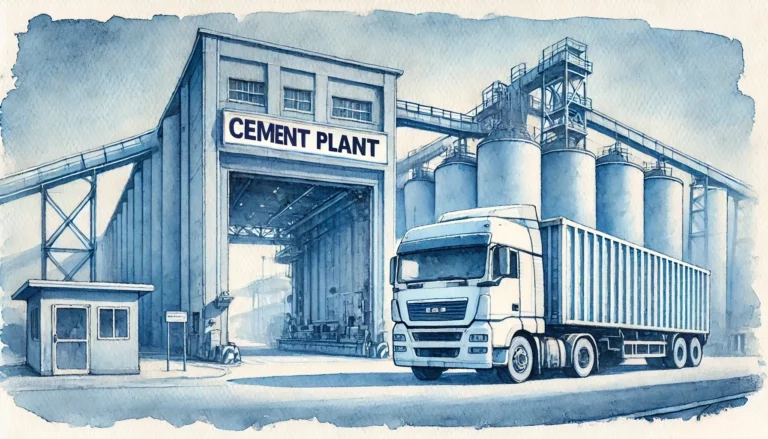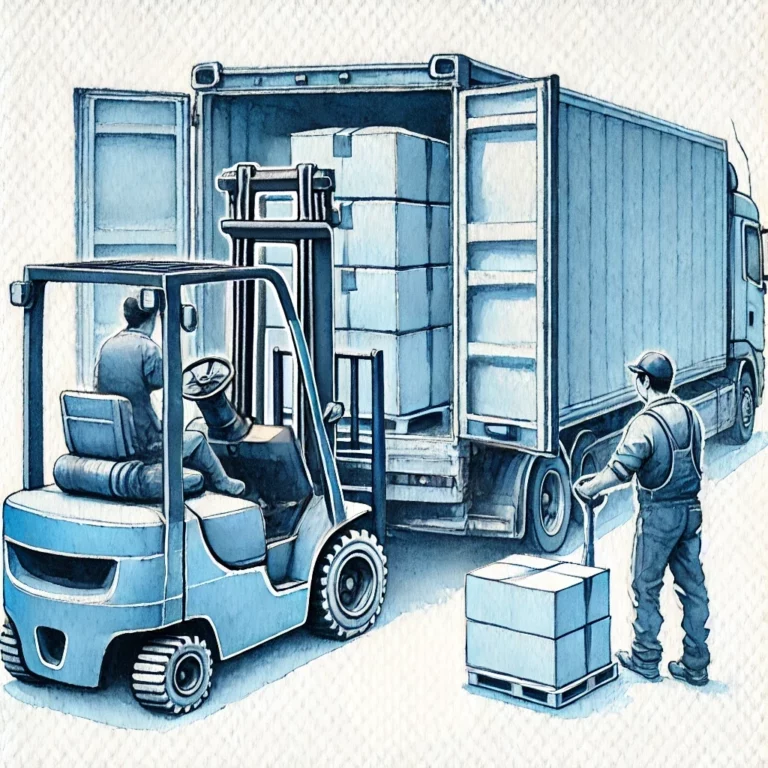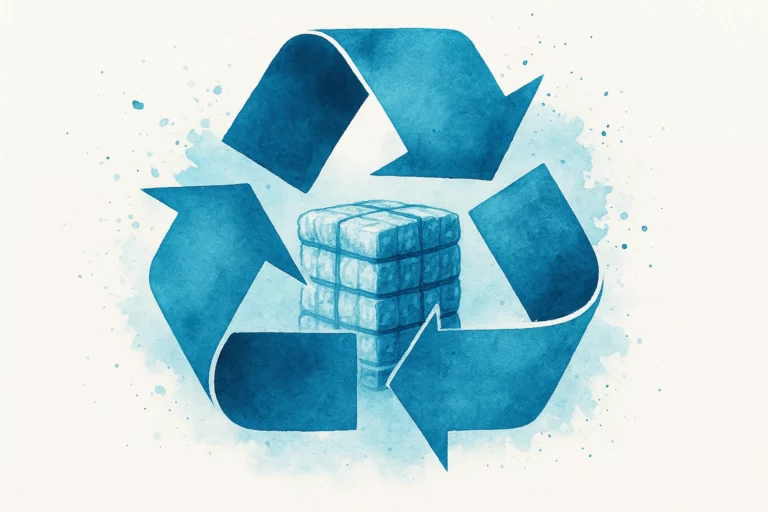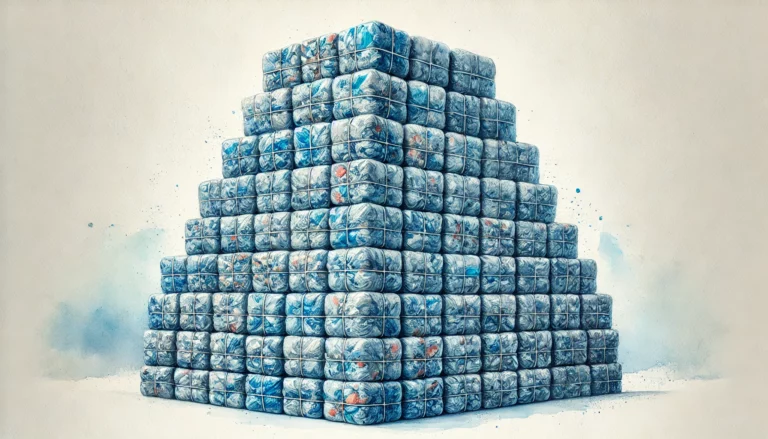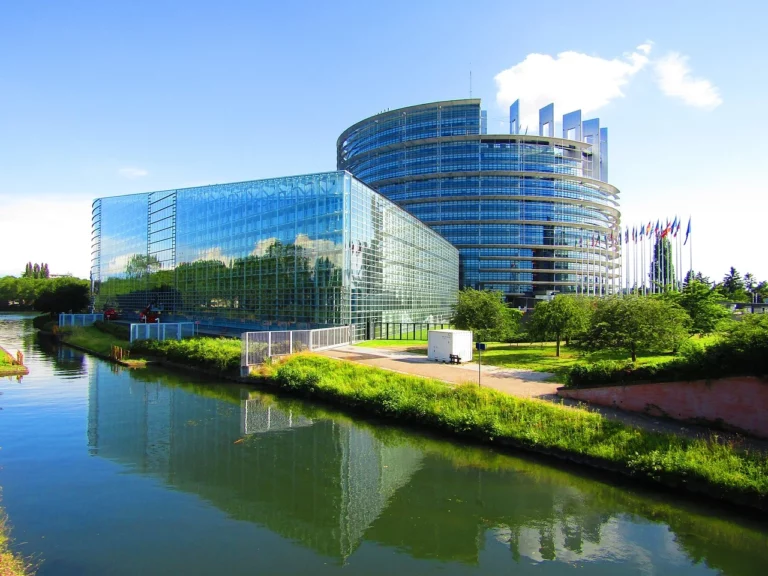From hazard to opportunity: smarter battery recycling in Europe
The use of lithium-ion batteries (LIBs) in Europe is skyrocketing, driven by electric vehicles (EVs), renewable energy storage, and portable electronics. This surge also means an inevitable flood of end-of-life batteries. In 2022 alone, the EU sold 244,000 tonnes of portable batteries and collected 111,000 tonnes for recycling—a collection rate of 46 %, almost double the 2009 level. While progress is visible, improper handling of spent batteries remains a major hazard. Their chemical composition makes them both an environmental threat and a safety risk. Europe’s growing network of high-capacity recycling facilities offers a path forward, but for many waste producers, the process can be unclear and compliance intimidating.
Europe’s battery market and waste landscape
Here’s a snapshot of lithium-ion battery production and collection trends across selected European countries:
| Country | Notable production facts | 2022 collection rate* |
|---|---|---|
| Germany | Leading production, strong infrastructure | ≥ 45 % |
| France | Well-established collection systems | ≥ 45 % |
| Poland | Rapidly growing supply chain; gigafactories emerging | 40–45 % |
| Czech Republic | Sustained collection improvements since 2010 | ~48 % |
| Italy | High compliance driven by stronger EPR schemes | ~53 % by 2016, then slight decline |
| Sweden | Long-running municipal systems; fluctuating collection rate (~45–61 %) | ~45–61 % |
*Portable batteries, per directive targets and Eurostat/EPBA updates.
Based on the report “The collection of waste portable batteries in Europe in view of the achievability of the collection targets set by Batteries Directive 2006/66/EC”, conducted by Perchards & SagisEPR on behalf of European Portable Battery Association (EPBA).
Germany and France benefit from mature collection networks, clear legal frameworks, and strong producer responsibility organizations, enabling consistently high recycling rates. Poland’s performance is also improving thanks to investments in production capacity (e.g., Northvolt’s Gdańsk plant), but collection infrastructure still trails Western counterparts. While the Czech Republic achieved steady growth through public–private coordination, in Italy, tax-driven compliance boosted early performance. Unfortunately the inconsistent enforcement has caused recent regression. Meanwhile Sweden’s long-standing municipal system yielded strong collection, but lithium battery surges (from e‑bikes, etc.) have undeniably challenged system capacity.
What makes lithium-ion battery recycling so difficult?
Li‑ion battery & its composition
It’s worth mentioning that lithium-ion battery recycling involves three main methods:
- Mechanical pretreatment: Breaking down spent batteries into components—metal casings, plastics, black mass. This step readies materials for further refinement and averts fire risk. Mechanical methods recover many components effectively
- Pyrometallurgical refining: Smelting black mass at high temperatures to extract metals like nickel and cobalt. While resistant to contamination, this is energy-intensive and only recovers about half of the battery’s recyclables
- Hydrometallurgical refining: Using aqueous chemistry to dissolve and precipitate specific metals. This method offers higher yields (often recovering 6–7 out of 10 target elements) and better selectivity but is more complex and costly
Why it’s so problematic?
- Lithium salts, cobalt compounds, and electrolytes are reactive, posing fire or explosion risks, especially when batteries are damaged.
- Transport requires stringent compliance with hazardous material regulations.
- Not all countries have the full chain of mechanical and metallurgical facilities.
- Diverse cell formats and chemistries impede standard dismantling and processing.
Do you need help with managing your used lithium-ion batteries? Contact us:
The regulatory push: targets, compliance, and performance
Europe’s regulatory environment ramps up pressure and – at the same time – opportunity:
- Battery Regulation (EU) 2023/1542 mandates collection rates of 63 % by 2027 and 73 % by 2030 for portable batteries. It also targets material recovery: 50 % lithium, 90 % cobalt, 90 % nickel. New batteries must incorporate recycled content: 6 % lithium and nickel, 16 % cobalt by 2031.
- Critical Raw Materials Act (May 2024) requires the EU to recycle at least 25 % of critical raw materials (like lithium and cobalt) by 2030.
Country implementations:
- Germany: Effective producer responsibility agencies and financed municipal collection lead to consistent progress.
- France: Combines public awareness campaigns with strict take-back laws, enabling solid compliance and gradual improvement.
- Poland: Investments in capacity are accelerating, but collection systems need spatial expansion and public engagement to keep pace.
- Czech Republic: Collaborative systems and financing adjustments supported stable improvement; but new technological or outreach innovations could ramp it further.
- Italy: EPR tax adjustments prompted uptake, but enforcement laxity reduced long-term gains.
But despite regulatory strength, Europe currently has only around one-tenth of the lithium-ion battery recycling capacity needed to meet 2030 demand, threatening supply chain resilience. Without investment and energy-cost reduction, many recovery projects may falter despite regulatory incentives.
Why the right advisor matters
For waste producers unfamiliar with battery recycling, compliance can definitely feel like navigating a minefield. This is where experienced advisors step in. Partnering with a specialized waste management consultant ensures:
- Legal compliance with both EU and national laws
- Safe handling and ADR-compliant transport of hazardous goods
- Full documentation and traceability of recycling processes
- Optimization of disposal costs without compromising safety or environmental standards
Waste Transport Solutions exemplifies this expertise. From classification and packaging to selecting licensed carriers and managing paperwork, they handle every detail “to a T”, allowing producers to focus on their core business while meeting their environmental obligations. Need further guidance? Check our virtual guide below. It’ll point you in the right direction when it comes to battery recycling and recovery.
Manage your lithium‑ion batteries
Interactive assistant with recommendation, compliance hints and distance estimate (no map).
Battery characteristics
Technology and the future of lithium-ion battery recycling
Emerging technologies are reshaping the recycling landscape. Direct recycling processes, which recover battery components without breaking them down into raw materials, promise higher efficiency. Advanced hydrometallurgy is improving recovery rates for lithium and nickel. The’re also the concept of urban mining—recovering metals from discarded electronics and batteries. It’s steadily gaining traction as a sustainable alternative to raw material extraction.
Large-scale facilities are expanding in Poland, Germany, and Scandinavia, often as part of public-private partnerships. The circular economy model, where recycled metals feed directly back into new battery production, is moving from theory to reality. However, the pace of change must accelerate if Europe is to meet both demand and sustainability goals.
From hazard to opportunity
End-of-life lithium-ion batteries pose undeniable risks, but they also offer immense opportunities for material recovery and sustainability. For waste producers, the challenge is not only technical but regulatory. Navigating this landscape requires both awareness and the right partners.
By leveraging trusted advisors like Waste Transport Solutions, waste producers can turn compliance headaches into operational advantages, contributing to Europe’s green transition while protecting their bottom line. If you need help, send us a message on office@wastetransportsolutions.eu and let us take care of your batteries.

